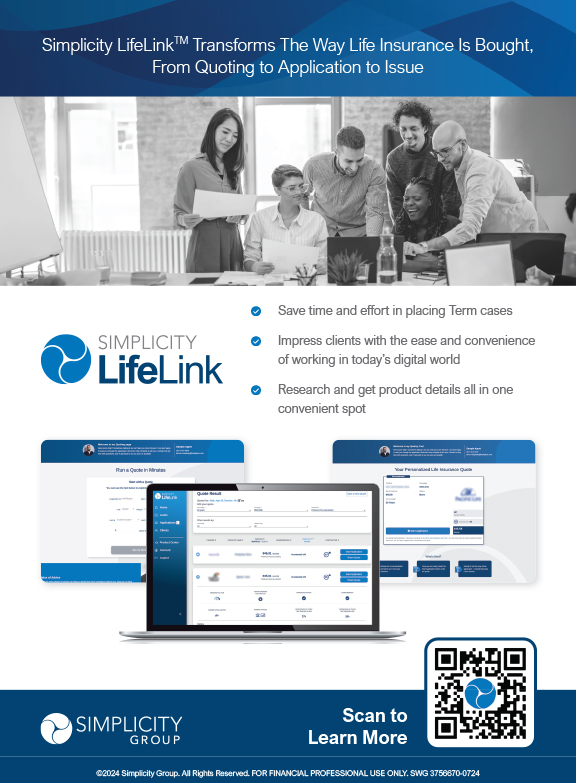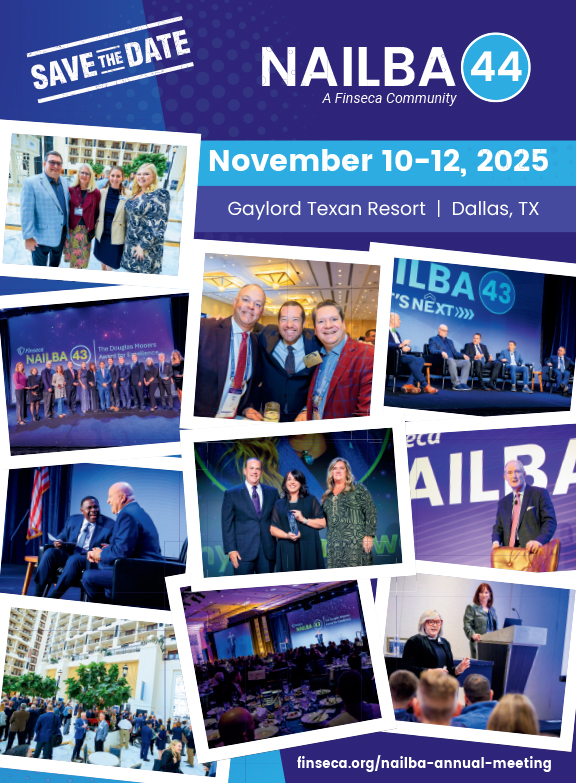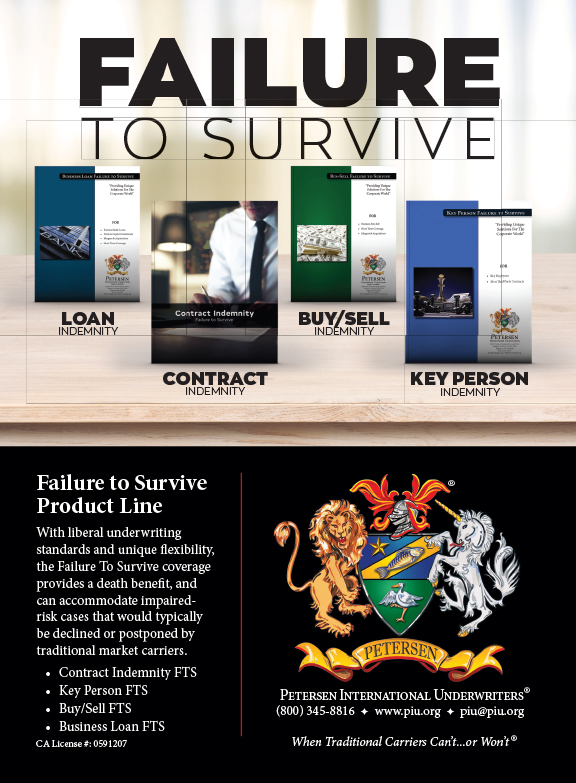The Ming Dynasty ruled China for 276 years. Its demise in 1644 was due in part to the depletion of the imperial treasure. If the dynasty’s rulers had access to today’s financial planning strategies for preserving wealth, there is no telling how many generations this powerful family could have occupied the throne of the Middle Kingdom.
Perhaps the creation of a dynasty trust could have helped the Ming Dynasty’s rulers pass their riches to future family members and extend its influence over China for many more centuries.
Like the Ming Dynasty, wealthy American families encounter wealth transfer problems of their own in the 21st century. Currently, there are a number of roadblocks for taxpayers who desire to leave a large legacy to their heirs. The “Great Recession of 2008/2009”—the deepest and most severe since the Great Depression—has caused the loss of billions of dollars of asset values in investments, pension/profit sharing funds, IRA accounts and real estate. In addition to devalued asset values, however, there are other roadblocks to passing a family’s treasure ad infinitum to subsequent generations: (1) state anti-perpetuity trust laws, (2) generation skipping tax laws, and (3) the $1 million dollar cap on lifetime gift transfers.
Most states have anti-perpetuity rules that permit a trust to remain in existence for only 21 years plus nine months beyond the lifetime of those trust beneficiaries who were alive when the trust was created. These are called rules against perpetuity or RAP states.
However, there are approximately 16 non-RAP states that allow a trustee to continue managing trust assets ad infinitum, and the assets in the trust need never vest in the trust beneficiaries. Let’s call them the perpetuity states.
A taxpayer, regardless of where domiciled, can create a trust in any perpetuity state and transfer and/or re-title property to an irrevocable trust in that state. The only requirement is that the independent trustee of that irrevocable trust must be a resident of or doing business in that state. This is a requirement by all states whether the state is a perpetuity or a RAP state.
Trust laws are not standard but are state specific and differ with respect to (1) whether trust income is subject to state income taxation, (2) the amount of discretion a trustee has to allocate principal and income to remainder or income beneficiaries, and (3) whether a trust can be reformed or modified.
Creating a perpetual trust is only one part of a multi-generational wealth continuation solution. Perpetuity by itself does not address or solve the problem of the generation-skipping tax (GST) that may be incurred when property is transferred to someone who is more than one generation removed or 37 or more years younger than the donor.
GST can be devastating. The 2003 GST is a flat tax equal to whatever the top marginal estate tax bracket rate is in the year of the gift and the GST exemption is whatever the testamentary federal exemption is. In 2009, the GST exemption was $3.5 million and the tax rate 45 percent.
The GST is paid in addition to the standard gift tax that is incurred by the donor’s gift to the skip beneficiary. That’s a double tax. Second, any GST paid by the donor is considered another gift made by the donor, which is also subject to taxation at the top 45 percent marginal bracket rate. That’s a triple tax!
Be aware, however, that as we write this article, there is no GST, because there is no federal estate tax. Who could have foreseen that Congress would fail to address the expiration of estate taxes in 2010 caused by the Economic Growth and Tax Reform Reconciliation Act (EGTRRA)? Take advantage of this unique window of planning opportunity while it lasts.
Most tax law practitioners expect Congress to extend the 2009 estate law into 2010 and beyond. If they do, will the estate and GST laws of 2009 be retroactive to January 2010? Or will they be retrospective only from the signing of the new legislation?
Many do not think the law will be made retroactive because of the constitutional issue. However, if the 2010 changes should be retroactive, the taxpayer would then file a 709 gift tax return before the end of the tax year to allocate whatever the new GST exemption for 2010 would be.
Just as the Ming Dynasty needed a shield to preclude the dissipation of wealth to future generations, today’s estate owners need a plan not only to shield assets from the ravages of taxation, creditors and litigators, but also to replenish assets lost in the global recession. The current uncertain tax environment only intensifies the need to execute a pre-emptive tax planning strategy for all ages. That effective strategy can be the generation-skipping perpetuity trust (GSPT), created in one of the available perpetuity states that can build a permanent protective shield around a taxpayer’s assets to avoid excessive depletion of estate assets.
The EGTRRA of 2001 enhanced the value of GSPT planning by indexing the GST exemption to the very same scheduled increases of the IRC Section 2010 estate exemption equivalent. As the federal estate tax exemption grew from $1.12 million in 2003 to $3.5 million in 2009, so did the GST exemption.
A taxpayer’s exemption amount can be doubled if the spouse elects to split his or her GST exemption; i.e., the non-donor spouse can elect to allow the donor spouse to use his exemption with a properly filed 709 gift tax return. This is called a “split” gift. A non-grantor spouse who elects to do this is not considered a donor for estate tax purposes, but only for gift tax purposes. This is an important distinction that allows the non-grantor spouse to be a beneficiary of the GST trust without concern about trust assets being subject to estate taxation under IRC Section 2036 in the spouse’s estate.
Care must be taken that such a spouse/beneficiary not be given excess Crummey withdrawal powers that exceed $5,000 or 5 percent (5 by 5 power) of the trust assets. Any exercise of this general power that exceeds the “5 by 5” power can cause the spouse to become a trust grantor and cause potential estate tax issues. Crummey powers grant a trust beneficiary the general power to withdraw a gift from a trust within a short period of time so that the donor’s gift can qualify for an annual exclusion present interest gift.
EGTRRA also allowed for automatic allocations of a GST exemption to all generation skipping transfers, whether those transfers are direct gifts to a grandchild or indirect gifts to a trust for a grandchild. Still, to avoid any future conflict, a timely gift tax return (Form 709) with a notice of GST allocation should always be filed with each and every gift to the GSPT. (Annual exclusion gifts are not subject to GST.)
Here is an example of how the GSPT strategy works. Business owner Tom Barry can leverage his lifetime GST exemption into a $50 million legacy GSPT and effectively avoid potential estate, gift and generation-skipping taxes in a most cost- and tax-effective way for all future generations.
Step 1: Tom lives in Connecticut but decides to establish his multi-million dollar GSPT in the perpetuity state of South Dakota with a resident institutional trustee. South Dakota is one of the most favorable perpetuity states because any income generated by the trust is not subject to state income taxation.
Tom may add his spouse as a co-trustee to provide guidance to the institutional trustee regarding the distribution of trust assets; however, if his spouse is also a trust beneficiary, any trust powers that she has should be restricted. Trust beneficiaries may include children, grandchildren, great grandchildren, etc. Tom can even add a “protector” trust provision to his perpetuity trust, giving an independent person the power to alter, amend and/or add beneficiaries to the trust in the future.
Step 2: Tom’s South Dakota trustee applies for a $50 million second-to-die life insurance policy with an increasing death benefit on Tom and his spouse, Marie, who are 55 and 52 years old, respectively. This is referred to as a policy with a return of cash value death benefit provision. Normally Tom would have to make a gift to the trust of the $390,690 to pay the premiums. He would also need to allocate his GST exemption to that premium gift to forever exempt all trust assets from the GST (if there is a GST). Again, there is no GST in 2010 at this time.
Tom and Marie could split their annual trust exclusion gifts—up to $26,000 per trust beneficiary—and also split their $2 million lifetime gift exemption. However, even with split-gifting, they would exhaust their lifetime exemption in the future. Tom and Marie can substantially discount the annual premium for gift and GST purposes from approximately $553,000 to $390,690, if they use a properly designed collateral assignment split dollar plan between the GSPT family trust and Tom’s corporation. The split-dollar strategy described in Step 3 is the answer.
The life insurance policy is designed to have an increasing death benefit so that at the death of the surviving spouse, an enhanced death benefit of $50 million plus the cash surrender value of the policy is paid tax-free to the trust. Not only is Tom able to use the corporate pocketbook to fund his dynasty legacy, but Tom’s corporation experiences an additional tax savings—it has a multi-million dollar accumulated earning account. Earnings retained by a corporation in excess of $250,000 may be subject to a 15 percent federal penalty tax in addition to the corporate graduated tax at the end of the taxable year. However, a non-equity split-dollar plan may be structured to avoid the penalty tax.
Step 3: The split-dollar arrangement between the GSPT and the corporation is a non-equity collateral assignment agreement that should be designed to comply with the new split-dollar regulations issued in September 2003. The split-dollar agreement states how the premiums and policy benefits are to be shared between Tom and his corporation. The corporation is given an assigned interest in the life insurance policy equal to its split-dollar interest. The agreement attributes ordinary income taxation to Tom equal to the taxable split-dollar benefit for the second-to-die life insurance policy for $50 million—using the appropriate government PS 38 rate table, that would be $553.
This is treated as additional compensation to Tom and is separate from the $2.8 million corporate paid premium. The $553—not the $2.8 million premium—is also the amount of the gift that Tom is considered to have made to the trust under the split-dollar plan. If there were a GST, Tom would need to allocate only $553 of his GST exemption to that gift in order to shelter all future distributions to the grandchildren.
This is leverage par excellence and gift and GST gift valuation discounting at its best—all of which was accomplished using a split-dollar strategy.
The life insurance policy’s increasing death benefit rider can help to ensure that the trust will ultimately be able to retain $50 million for intended legacy planning. The corporation’s interest in the split-dollar plan may be satisfied with the enhanced portion of the death benefit that is equal to the total cash surrender value of the policy.
Key to successful split-dollar applications is how the termination and the payback of the corporate interest under the split-dollar agreement will occur, should termination be prior to death. The reimbursement of the corporate interest can be accomplished in the following ways:
1. The GSPT could be the remainder beneficiary of a grantor retained annuity trust (GRAT) asset that could reimburse the corporation for its interest in the split-dollar plan when the split-dollar agreement is terminated.
Tom could create a GRAT, which is an irrevocable trust that provides him an income for any given number of years. At the end of the GRAT term, Tom can direct the remaining assets to the GRAT remainder beneficiary—Tom’s GSPT—and this is considered a future interest gift. The remainder gift could be discounted by 70 percent or more for gift tax purposes, depending on the terms of the GRAT and the amount of income paid to Tom. Tom cannot apply his GST exemption nor his annual exclusion to the GRAT remainder gift; however, the GST exemption could be allocated at the end of the GRAT term.
2. When the split-dollar plan is terminated, corporate interest could be secured with an interest-only promissory note executed between the trustee and the corporation. Principal on the note could be payable at the death of the surviving spouse. Should the corporation forgive any payment when due, Tom would be charged as receiving compensation and would also be considered to have made a gift to the trust of a like amount.
3. A GSPT can also be included in a family limited partnership (FLP) by making discounted gifts over time of limited partnership interests to the GSPT. Proper allocation of the GST exemption would also be made to these present interest gifts to the GSPT. A sufficient amount of limited partnership income interests could be given to the GSPT so that it could reimburse the corporation for its split-dollar interest.
Family limited partnerships are sometimes used to provide another layer of discounting in transferring assets out of the estate. Limited partnership interests can be discounted up to 40 percent for gift tax purposes because of their lack of marketability and their minority interest status. FLPs are viable estate asset transfer and asset repositioning strategies when structured in accordance with state statutes and tax court case law rulings.
Taxpayers need not suffer the Ming Dynasty depletion syndrome when it comes to wealth creation and wealth transfer to future generations. With proper planning, advisors can help their clients create dynasties of their own by selecting a perpetuity state and by properly allocating the GST exemption.
Life insurance policies contain fees and expenses, including cost of insurance, administrative fees, premium loads, surrender charges and other charges or fees that will impact policy values.
These materials are not intended to provide tax, accounting or legal advice. As with all matters of a tax or legal nature, your clients should consult their own tax or legal counsel for advice.


























